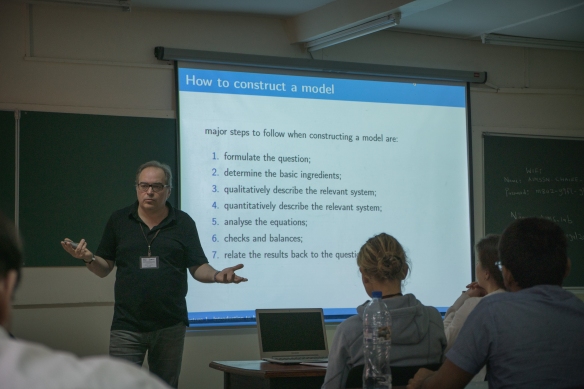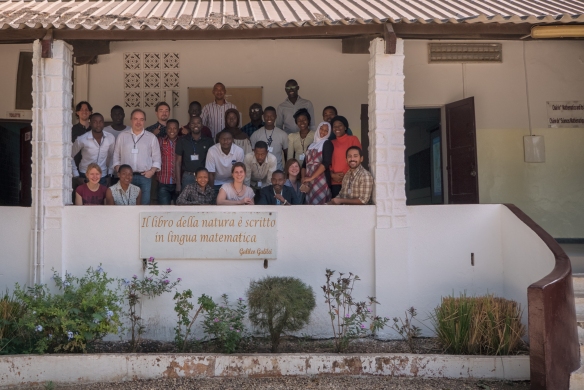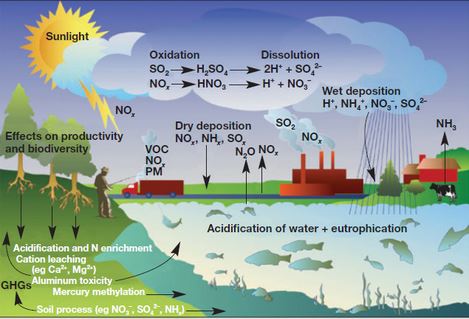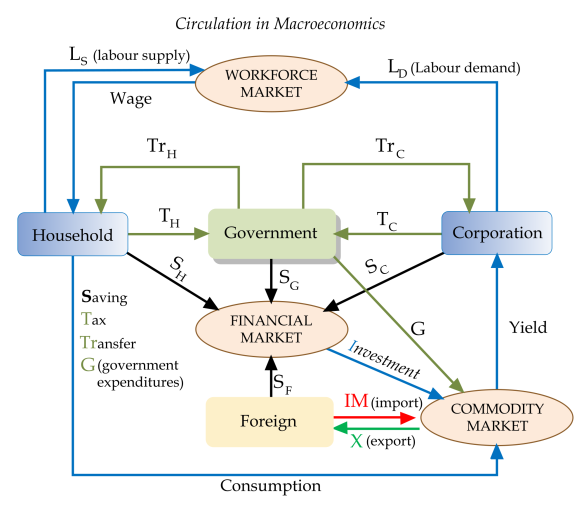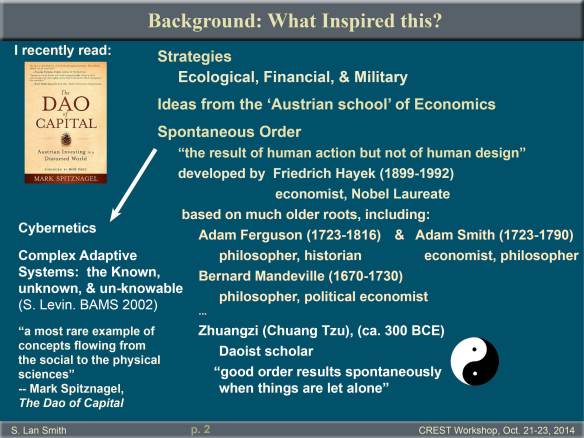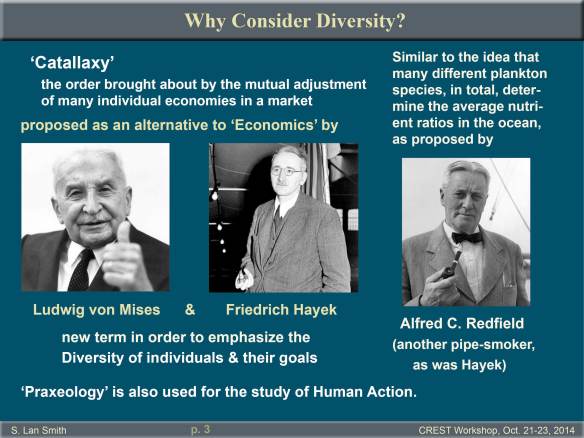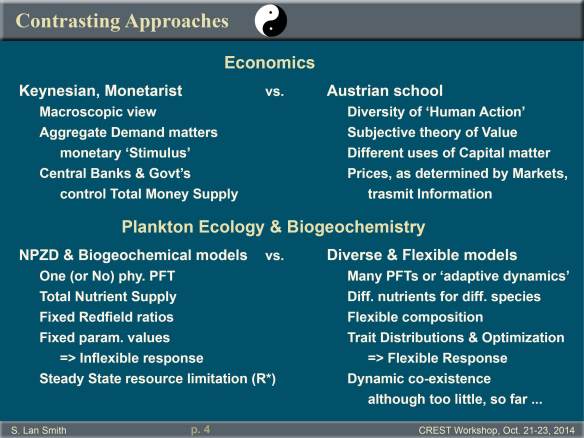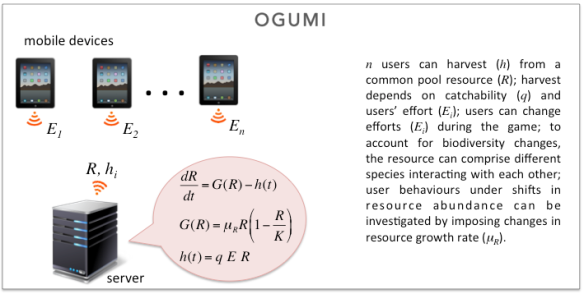Survivalism, according to the Oxford Dictionary, means “The practising of outdoor survival skills as a sport or hobby”. This somewhat bucolic and innocuous definition provides only a partial view of this phenomenon, which emerged, apparently, more than a century ago. Or, I wonder, is it as old as life itself? Anyway, today, in its most extreme form, survivalism (or preppering) entails the accruing of unconventional skills, bean cans, and deadly weapons, in no particular order of importance. These new flavours find their origin in the atomic hysteria the followed the Second World War and, more recently, in the malthusian idea of a future collapse of our global society, or part of it. But not only. Some of these not so optimistic hypotheses about our future are also nurtured by the supposed collapse of ancient societies, the Rapanui of Easter Island being the most used and misused example.
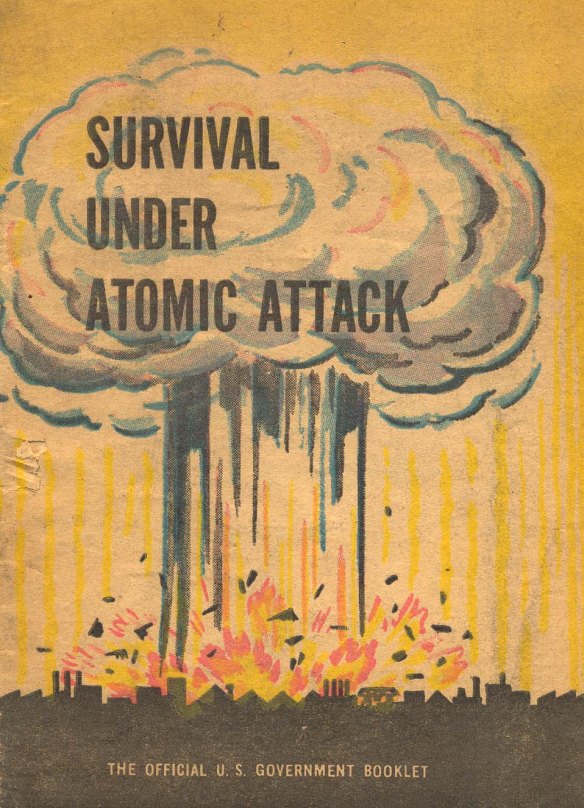
The phenomenon knocked at my door recently when I was approached by a French journalist, Monsieur Vincent Nouyrugat who, in preparation for a special issue on societal collapse and survivalism for Science et Vie, asked me a couple of questions on the topic. I suspect the interview may be of interest to the readers of this blog, so I report it below.
Vincent: Is the concept of catastrophic collapse in ancient societies (Maya, Romans, Angkor, Easter Island) more and more challenged nowadays and disputed? Is there much more resilience than we thought?
Ago: The collapse of ancient societies is a topic that is typically disputed among scholars. These disputes are in most of the cases caused by (1) different interpretations of the scarce and fragmented archeological evidence and (2) different meanings attributed to the concept of ‘collapse’. The concept of ‘resilience’ is affected by the same uncertainties, i.e. lack of clear evidence and the attribution of different meanings. However, as new archeological evidence comes to light, also thanks to more sophisticated archeological techniques and methods, more complex pictures emerge about the decline of ancient societies. For example, it is now well established that to facilitate water permeability, limit evaporation, and create moist conditions, the Rapanui people covered lands with scattered lithic mulch; they most likely collected and stored rainwater, built stone dams across streams to divert water to their fields, and expanded land for agriculture. These could be considered as signs of resilience in relation to a declining forest (due to deforestation, i.e. the exploitation of the primary resource on the island). Nonetheless, the Rapanui society that built enigmatic statues and thrived on Easter Island for some centuries had mostly disappeared by the time first Europeans arrived on the island.
Vincent: Do you see this resiliency also in your simulations, for example the case of Easter Island? Or do you see signs of “collapse”?
Ago: Our mathematical simulations about Easter Island suggest that a ‘slow demise’ is the most plausible scenarios for the Rapanui society because this modelling scenario is the one that best fits the evidence of deforestation patterns inferred from the latest compilations of radiocarbon dates on charcoal remains. Thus, our modelling work indicates that the two most common, but also most debated, narratives (collapse and resilience) are unlikely descriptions of Easter Island history. By the way, the fact that scholars come up with such contrasting conclusions (either collapse or resilience) about the history of Easter Island testifies the ambiguity of the existing archaeological evidence.
Vincent: Actually, how could we define a “collapse” ? Is it loss of wealth, infrastructure degradations, famines, wars, loss of population, lack of natural resources, loss of complexity of the system? All these things must be brutal, in just one generation?
Ago: The lack of a precise and broadly accepted definition of ‘collapse’ is one of the main reasons for so little agreement and for so many debates around the history of several ancient societies. The problem is that the fall of a society entails always several factors. Rarely, if at all, a society suffered a catastrophic collapse based on one single factor. But scholars keep focusing on single factors. For example, Joseph Tainter (in “The Collapse of Complex Societies”) considers ‘economy’ as the most important determinant of the fall of historical society and defines collapse as a “phenomenon according to which a society displays a rapid and significant loss of an established level of socio-political complexity”. In contrast, Jared Diamond (in “Collapse: how societies choose to fail or succeed”, 2005) places importance on the population size: “by collapse I mean a drastic decrease in human population size and/or political/economical/social complexity over a considerable area, for an extended time”. The sources of uncertainties in these definitions are many. How rapid and how significant should the loss mentioned by Tainter be? And what should the established level of socio-political complexity be? There are no direct ways of quantifying such aspects in ancient societies. We have, at best, indirect, scant and, often, even contradictory evidence about these aspects. How can we translate and compare such aspects with our modern society? Also, with such generic and vague definitions of collapse, any ancient society might have suffered a collapse and, in fact, Jared Dimond has come up with a very long (and, to me, quite arbitrary) list of societies that, in his opinion, have suffered a collapse. Given these uncertainties (it is, for example, impossible today to produce reliable estimates of population sizes and their changes over time for the ancient Rapanui people), the term collapse should be used with uttermost cautiousness. The term is too ambiguous.
Vincent: According to your simulations, is the “collapse” of a complex prospering (and quite destructive) society, after a certain moment of growth, something unavoidable?
Ago: No, definitely not. Our modelling work, and history in general, does not show a tight and clear relationship between growth and collapse. Prosperous and complex societies are not necessarily bound to collapse.
Vincent: But is it relevant to compare these ancient civilisations to our current industrialised society? Aren’t there a lot of important differences – one may think that we are much more resilient and able to adapt.
Ago: The endeavour of studying past societies in order to better understand our present and, possibly, even predict our future is valid and important. But, as you guessed, one should look at the details and at the many important differences. Superficial associations between, for example, Easter Island and our modern society are scientifically unacceptable and often very misleading. For example, the concept of ‘collapse’ has been used to describe the end of the Soviet Union. Does the supposed collapse of Easter Island tell us anything about what happened to the Soviet Union? Could have the end of the Soviet Union been predicted based on what we knew about Easter Island? I do not think so. There are many important individual, cultural, geographical, and temporal variations to consider. Often, what we consider as ‘collapse’ may as well be described by the term ‘transformation’. Our past can be seen as a series of major transformations marked by what we can call ‘revolutions’. Such ‘revolutions’ may not necessarily have a catastrophic nature. The discovery of fire by our ancestors around 1 million years ago, for example, created the premises for a social revolution and a step-up towards human cooperation because the regular gathering around an evening camp fire lead to tighter social bonds. And there are many other examples: the cognitive revolution of our early ancestors around 60 to 70 thousand years ago; the agricultural revolution, which saw the rise (and fall) of the so-called hydraulic societies in the valleys of Nile, Euphrates, Tigris, and Indus; the industrial revolution with a transition to new manufacturing processes; and global industrialization (particularly since the Second World War), inducing a transition to what we now call the ‘anthropocene’ which environmental consequences may provoke an even higher form of socio-political organization. Where we are heading, with all this, is difficult to say. But according to the arguments I just presented, the concepts of collapse and resilience are not so essential for interpreting and understanding our history.
Vincent: I’ve seen a lot of simulations of ancient societies and also projections about our current socio-ecological system. According to you, what are the most relevant, robust results of this area of research until now?
Ago: An important aspect to consider here is that mathematical models cannot reproduce reality. Models are, at best, rough approximations of reality. Nature and our society are complex entities, too complex, and models are useful precisely because they simplify this complexity and in doing so they offer us glimpses of how such entities may work under certain conditions. Therefore, one has to be very careful about how to interpret results obtained with model simulations. The problem is that there is no direct and easy way to judge whether one model produces more robust results than another model. Models are very different from one another for example with respect to their assumptions (e.g. the key processes included), their complexity (e.g. the number of processes included), and their architectural structure (e.g. which process is connected with which process and how). Obviously, it is not possible to develop a model that captures all possible processes and in a very accurate way, because (1) such a model would be too complex to handle, it would require a computer power that goes beyond our current technological capacities and it would be difficult, if not impossible, to understand the results it produces and (2) many of the processes included in models would not be well constrained due to lack of observations (e.g. we do not know the functional form for the growth of the palm trees that covered Easter Island when first Polynesians arrived there and so we cannot accurately constrain the process of deforestation). Therefore, the more processes you include in a model, the higher the uncertainties. Models that aim at capturing the history of ancient societies, or future projections of our modern society, are certainly very useful in giving us an idea about what could have happened in the past, or what could happen in the future, but only in relation to specific assumptions or in relation to a narrow set of conditions (i.e. scenarios). What we know for sure is that we are modifying our environment at rates and at scales that are unprecedented in human history. The evidence about climate and environmental change (global warming, resource overexploitation, ocean and land pollution, ocean acidification, etc.) is clear and unquestionable. What will be the exact consequences of such changes to our society no mathematical model can tell us for sure. Between little effects and a catastrophic collapse there are many possibilities that are more or less equally likely because they depend on too many uncertain factors. However, models tell us very clearly that the more we delay actions against overexploitation of resources and environmental change, the closer we get to trajectories entailing the socio-ecological disruption of our planet.
Vincent: Last question, about the phenomenon of “survivalism”: do we have examples of ancient complex societies or civilisations that have managed to recover after a “collapse” or severe decline? Is there a need of a minimum number of people to recover, or minimum resources?
Ago: It is not easy to find examples of ancient societies that have suffered a severe period of decline that was then followed by a recovery, if with ‘recovery’ we intend the bouncing back into a status (in terms of population size and in terms of cultural and socioeconomic conditions) identical, or very similar, to that antecedent the decline. As I explained above, a severe decline of a society always entails a profound transformation of cultural and socio-economic conditions . The wrong belief that many societies have suffered of a catastrophic collapse fuels the debate over our own future. But what society, over a period of a few hundred years (the typical time scale of many of the supposed collapses of ancient societies), would not experience some process that could be labeled as re-organization? ‘Survivalism’, especially in its excerpt most closely connected (and obsessed) with a catastrophic collapse of our planet, is thus a result of wrong premises. In this respect, I am not sure if this phenomenon can be genuinely justified by history or, rather, by the influence of certain types of movie industries. If our planet will experience a catastrophic collapse in the future, it will not be competition over scarce resources among a few remaining bands of survivalists that will save humanity. If any lesson can be learned from history, then it is that cooperation, and not competition, that may help us to survive a global crisis.
Ago (and Vincent)
Théorie de l’effondrement: notre civilisation peut-elle vraiment disparaître?

